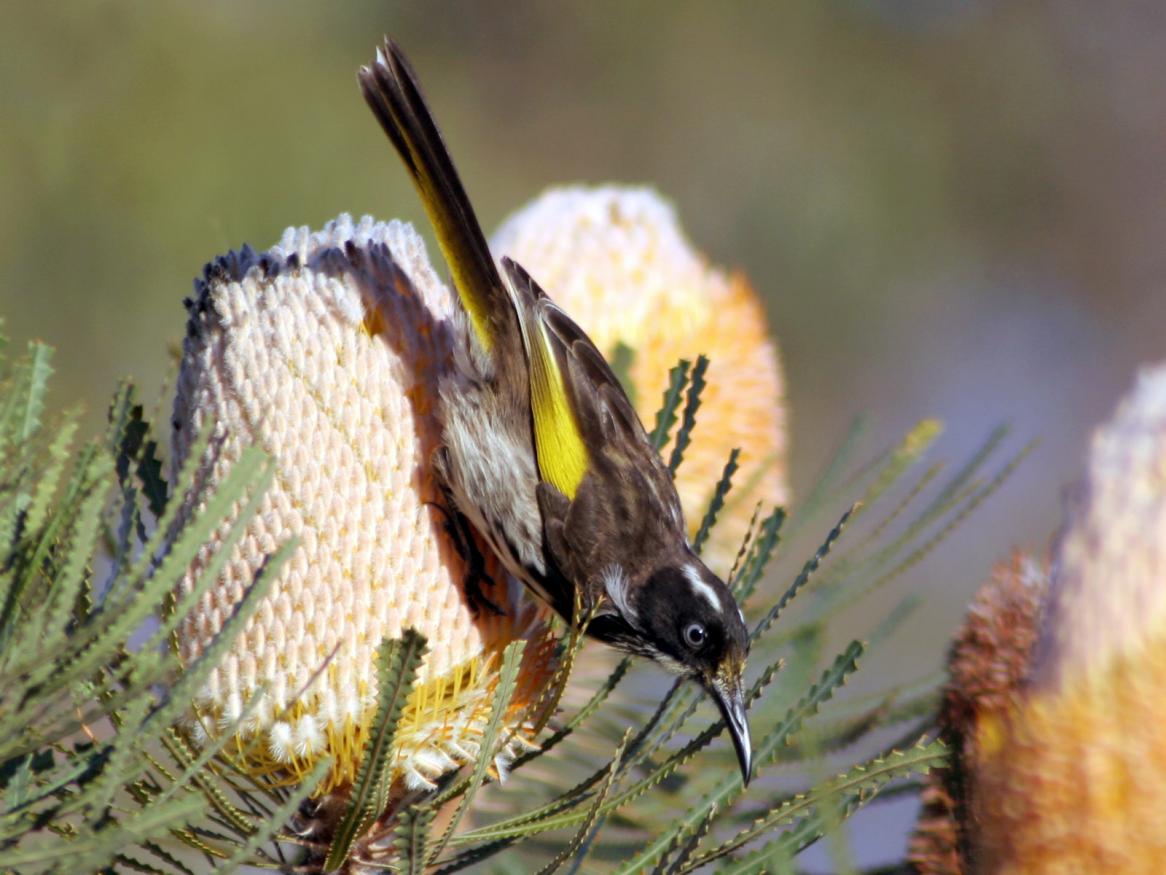News: evolutionary biology
New citizen science project to create a buzz in rural Australian schools

School students will be able to document their local insect biodiversity and potentially discover new species in their area, as part of a new project led by SA Museum and University of Adelaide scientists.
[Read more about New citizen science project to create a buzz in rural Australian schools]
Tall Poppy awards for Uni of Adelaide researchers

Five University of Adelaide researchers have won 2021 South Australian Young Tall Poppy Science Awards.
[Read more about Tall Poppy awards for Uni of Adelaide researchers]
How did sugar-eating birds co-evolve with plants that produce nectar?

Research led by the University of Adelaide has shown, for the first time, that the digestive systems of nectar-eating birds co-evolved with the nectar-composition in flowers.
[Read more about How did sugar-eating birds co-evolve with plants that produce nectar?]
Scientists unearth secrets about the evolution of soil-burrowing cockroaches

Evolutionary biologists have assessed the phenomenon of parallelism in soil-burrowing cockroaches for the first time.
[Read more about Scientists unearth secrets about the evolution of soil-burrowing cockroaches ]
Coronaviruses have been hijacking human genes for 20,000 years

Humans have been exposed to coronaviruses for more than 20,000 years, according to new University of Adelaide research.
[Read more about Coronaviruses have been hijacking human genes for 20,000 years]
DNA tracking of timber to increase forest sustainability and integrity

University of Adelaide scientists have created a DNA fingerprint map to link teak timber back to its plantation of origin and help reduce the $40 billion illicit trade of timber in the Asia Pacific region.
[Read more about DNA tracking of timber to increase forest sustainability and integrity]
Which environments did ancient Aboriginal peoples forage in Australia’s Western Desert?

Scientists have used more than two decades of satellite-derived environmental data to suggest the possible foraging habitats of pre-contact Aboriginal peoples living in the Western Desert.
On a mission to discover unknown Australian species

New technologies to play vital role in discovering and documenting all unknown Australian species by 2050.
[Read more about On a mission to discover unknown Australian species]
Scientists use DNA testing to help reduce the illegal export of endangered medicine tree

The Advanced DNA Identification and Forensics Facility is helping reduce the illegal export of timber, by testing for genetic variation between populations of the endangered African Cherry tree.
They're strange, alien-like creatures from the Flinders Ranges - but how do they eat?

University of Adelaide scientists have discovered the feeding mode of Pentaradial Arkarua, a strange, alien-like creature that once roamed the Flinders Ranges.
